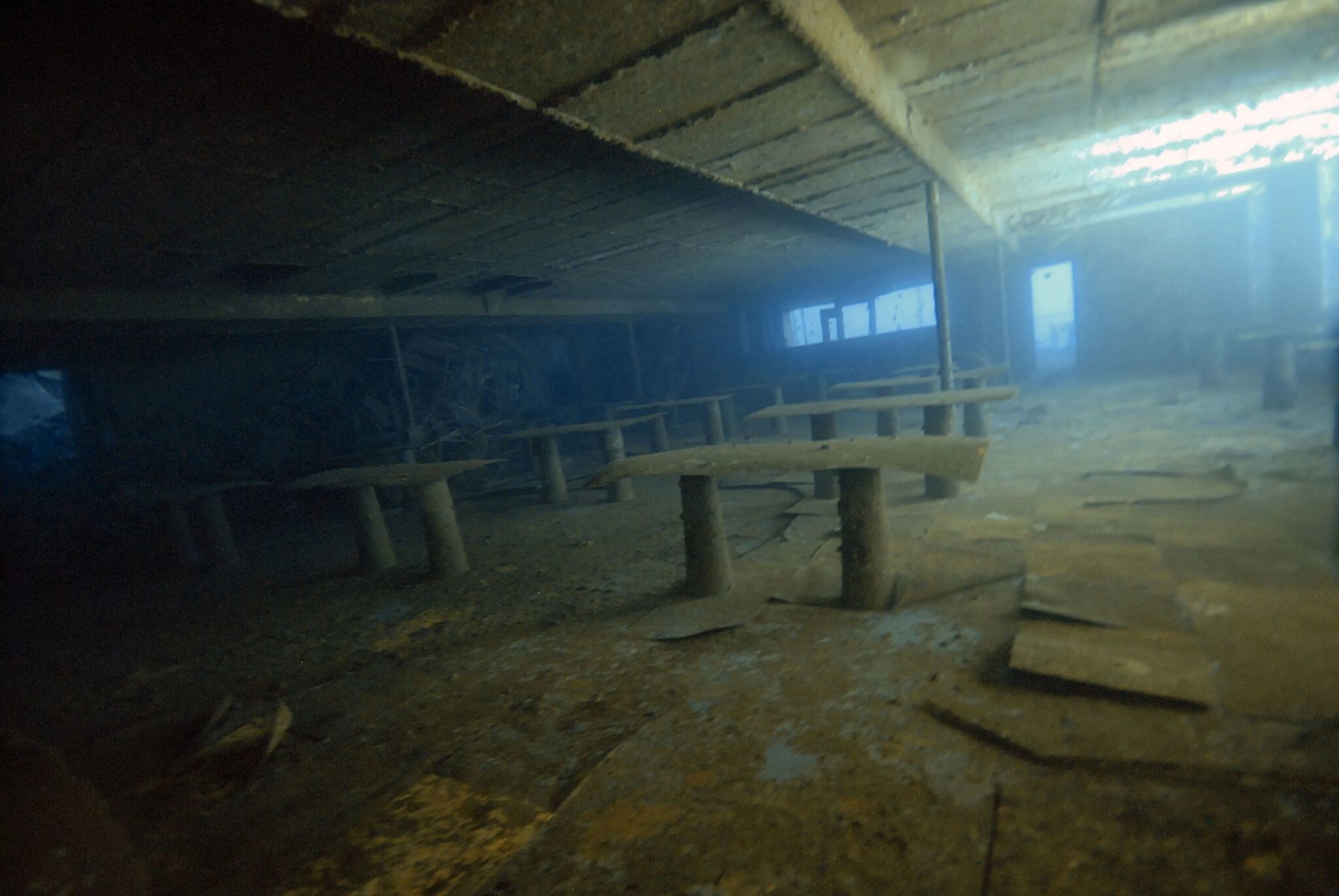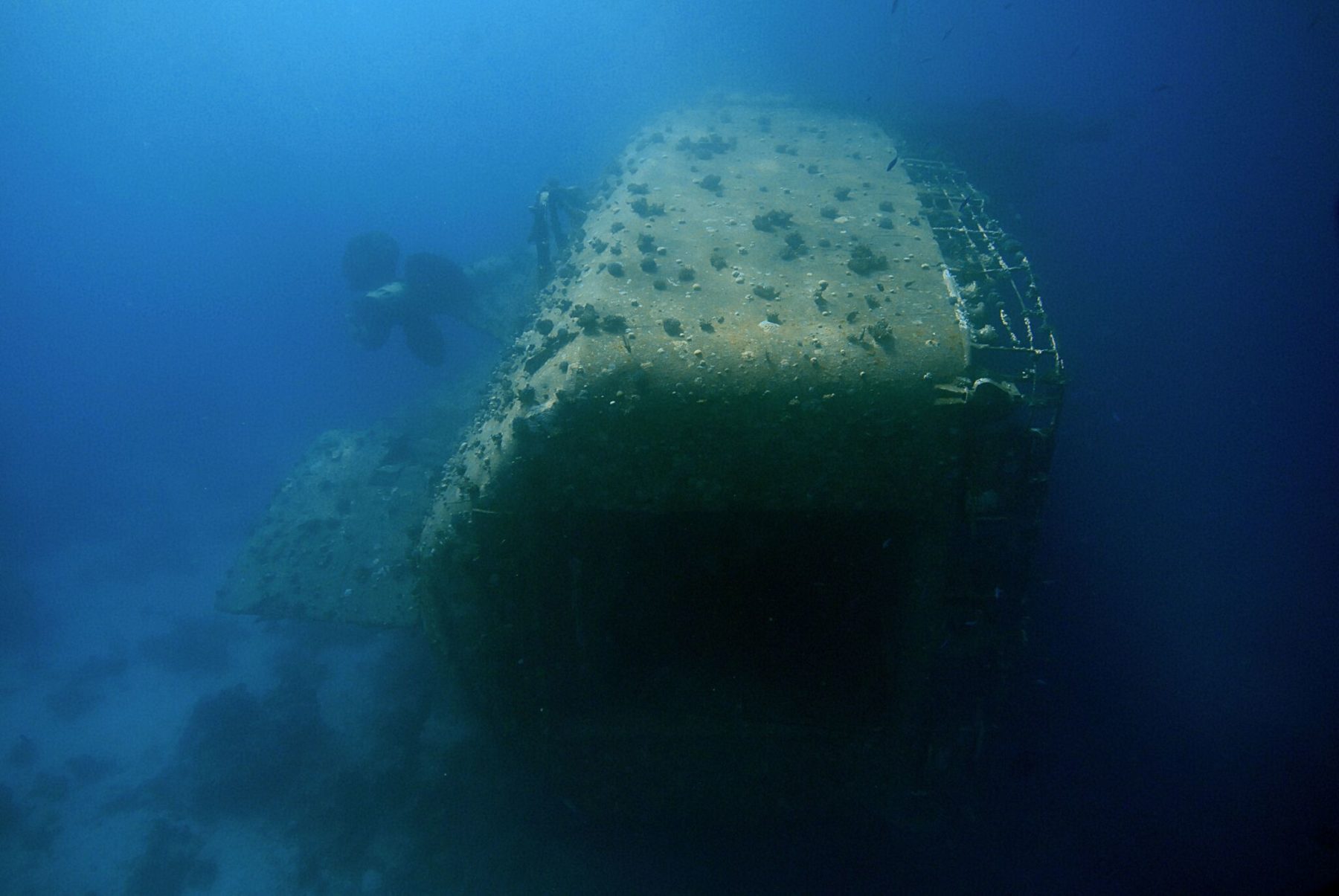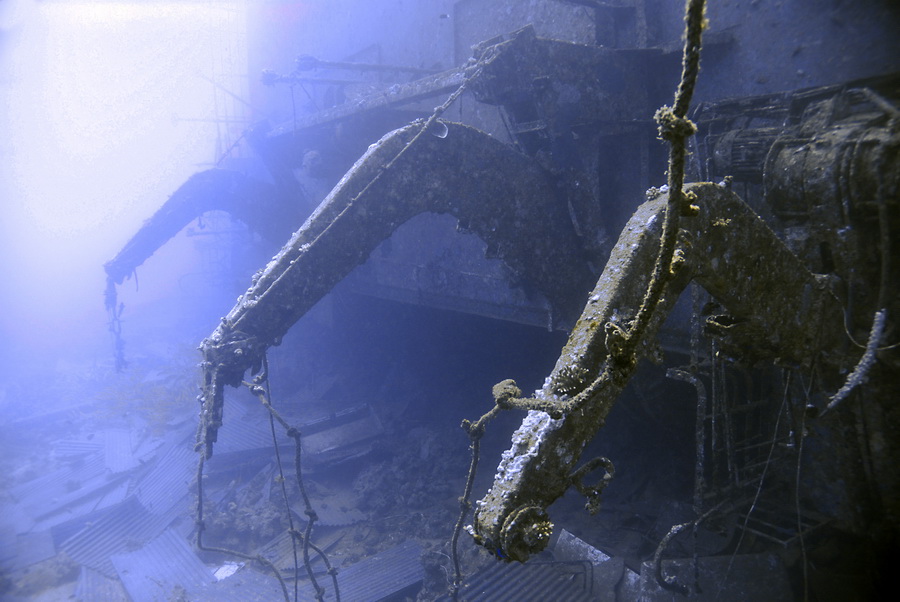
The Salem Express was originally built in France in 1976. For many years, it sailed under various names such as Fred Scamaroni, Nuits Saint George, Lord Synaj, and Al Tahra.
In 1988, the Egyptian government purchased the ship to operate the route between the port of Safaga in Egypt and Jeddah in Saudi Arabia. It was then named Salem Express. The main purpose of the ferry was to transport pilgrims on their journey to Mecca, as it is a religious obligation for every Muslim to make a pilgrimage to this sacred place at least once in their lifetime.
At the helm of the crew was the experienced Captain Hassan Moro, who had a profound knowledge of the Red Sea. Prior to taking on the role of captain, Hassan Moro had been a lecturer at the Egyptian Naval Academy. Later, he decided to move to Safaga and collaborate with the owner of the ferry to serve as the captain of the Salem Express.
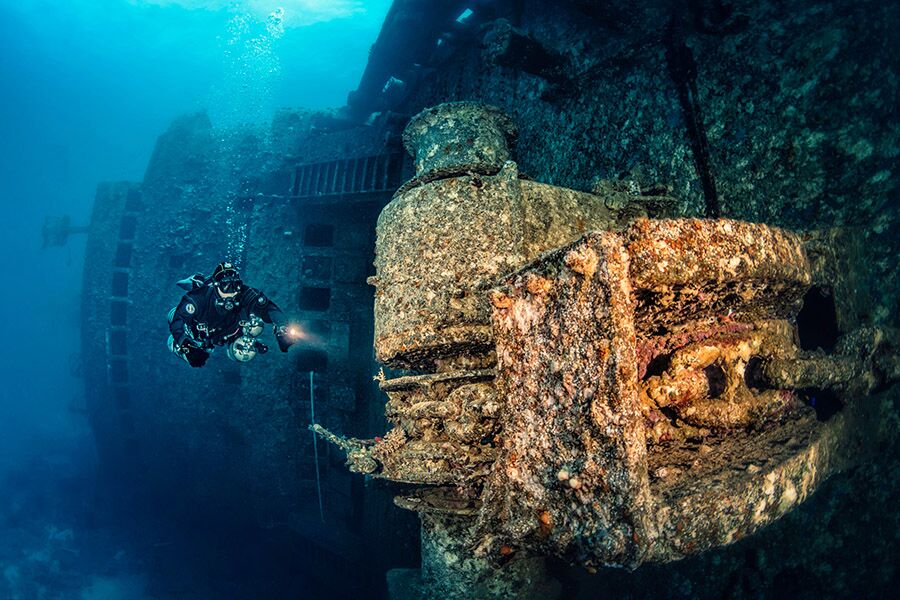
Captain Moro had an exceptional knowledge of the route between Safaga and the port in Jeddah, including detailed information about the Hyndman reefs located south of the port. He personally navigated through these reefs, allowing for a two-hour reduction in travel time. This was a daring feat, considering the size and dimensions of the ship. However, after the Salem Express tragedy, a mandatory requirement was implemented for all larger vessels to avoid these treacherous reefs and take a safer route.
On December 15, 1991, the Salem Express embarked on its final journey. As evening fell, the weather conditions significantly deteriorated, and the strong winds compelled the captain to prioritize the safety of the passengers. He ordered them to move from the sun deck to the cargo hold and decided to take a shorter route.
Around midnight, the ship approached the Hyndman reef, deviating slightly to the east from its original course. This minor mistake resulted in the Salem Express colliding with the reef, causing the hull to tear apart. The impact also led to damage to the bow door and flooding of the car deck.
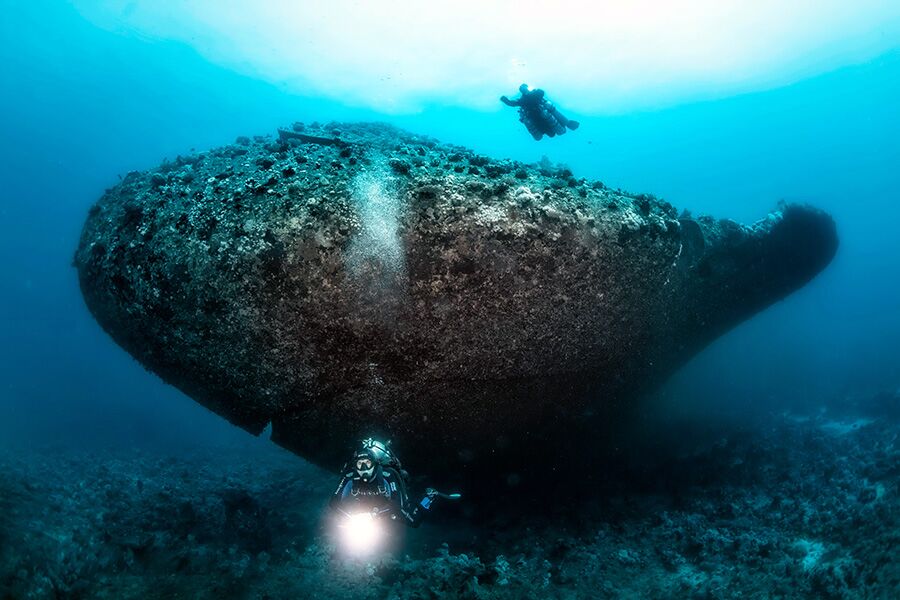
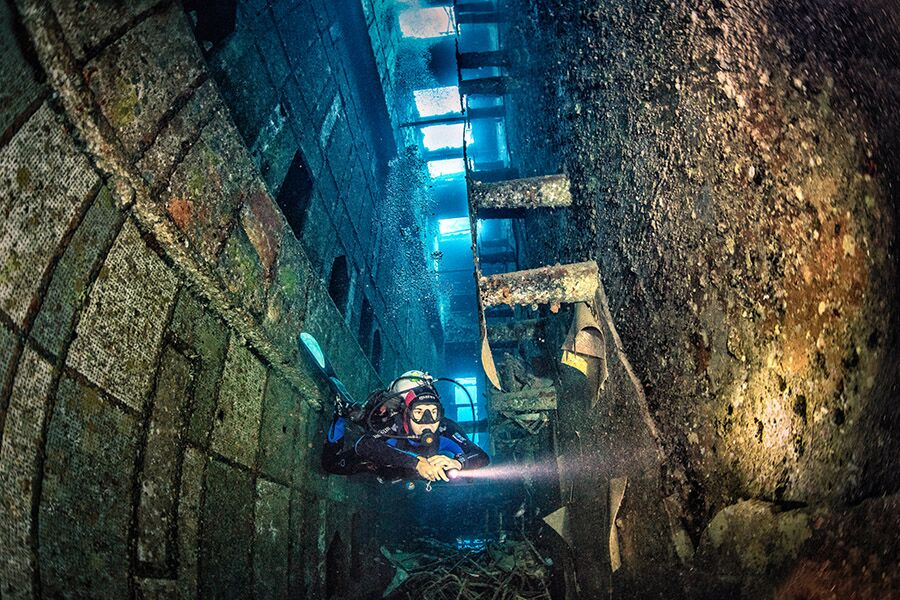
The Salem Express officially carried 650 people, including 578 passengers and 72 crew members. However, unofficially, the number was much higher, reaching twice the number of passengers.
Following the tragedy, Captain Hassan Moro was deemed solely responsible for the unfortunate incident and lost his life during the disaster. This decision was made based on an analysis of the circumstances and actions taken by the captain during the voyage.
The wreck lies on its starboard side at a depth of 32 meters at the bow and 29 meters at the stern. The port side is closer to the surface, at a depth of only 10 meters. The ship has a length of 115 meters.
Around the wreck, various items that were part of the ship’s equipment can be found, such as radios, televisions, and sheets of corrugated metal that served as terrace roofing. On the stern, two impressively large propellers, a rudder, and an open car deck hatch can be observed. The cargo hold corridors extend throughout the length of the ship and are filled with bags, suitcases, bicycles, clothes, and other belongings of the passengers.
At the bow of the wreck, a truck can be seen, and higher up in the upper corridor, two passenger cars can be observed. Near the middle of the wreck, there is a dining area that can be accessed, featuring tables, chairs, and trays for food. Outside, in that area, two chimneys with the Salem logo, depicting the letter “S,” are visible. On the seabed, there is also one lifeboat (the other one disappeared at some point).
While diving towards the bow, the captain’s bridge can be encountered, followed by a breathtaking view of the damaged bow of the ship, where a large anchor and the site of the impact with the reef, causing the bow hatch to be breached, can be seen. When concluding the dive along the port side, it is worth peeking through the cabin windows and looking down upon the upper decks.
As part of the underwater world, the wreck of the Salem Express gradually becomes covered in hard corals and sponges, and it serves as a habitat for various species of fish. It has become a home to many moray eels and clownfish.
